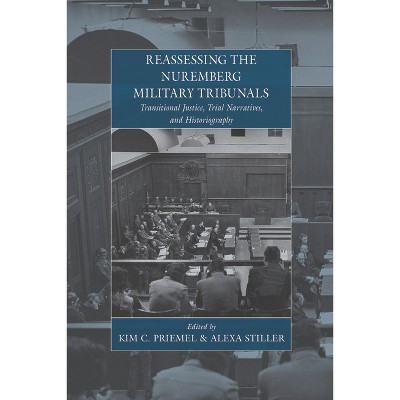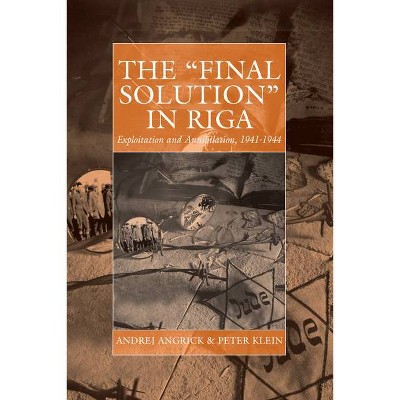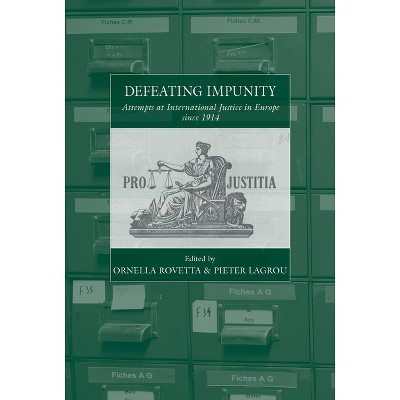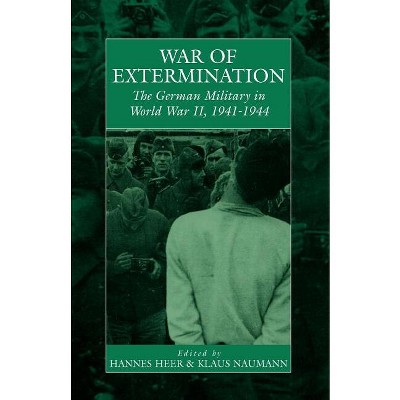About this item
Highlights
- In this exacting assessment of the bounty policies enacted against the Tasmanian Tiger and the Newfoundland Wolf, Animal Genocide and its Aftermath provides a much-needed reappraisal of the legal, political, and social definition of animal killing.
- About the Author: Nicholas Chare is Professor of Art History in the Department of Art History, Cinema and Audiovisual Studies at the Université de Montréal.
- 496 Pages
- Social Science, Media Studies
Description
Book Synopsis
In this exacting assessment of the bounty policies enacted against the Tasmanian Tiger and the Newfoundland Wolf, Animal Genocide and its Aftermath provides a much-needed reappraisal of the legal, political, and social definition of animal killing. Analyzing natural history collections and cultural representations, this book advances a compelling case for viewing the bounty schemes as a form of genocide that requires its own historical reckoning. Ethical issues regarding the evocation of animal genocide in film, literature, photography and museum exhibitions are also explored.
Review Quotes
"Animal Genocide and its Aftermath presents a thoughtful and engaging account of how the killing and the extinction of nonhuman animals can and should be thought of as genocide, thus bringing into play more complex sets of historical, political, and legal concepts and experiences." - Rick De Vos, Curtin University
"This book represents a brilliant piece of detailed, historical research which challenges and demands so much of the reader through destruction of the easy and comfortable acceptance of the human actions that result in animal extinction, together with an analysis of the different cultural representations of those actions that led to the genocide." - Robert Paddle, Australian Catholic University
About the Author
Nicholas Chare is Professor of Art History in the Department of Art History, Cinema and Audiovisual Studies at the Université de Montréal. He is the author of Sportswomen in Cinema: Film and the Frailty Myth (IB Tauris, 2015) and the co-author (with Dominic Williams) of Matters of Testimony: Interpreting the Scrolls of Auschwitz (Berghahn Books, 2016). He is also the co-editor (with Valérie Bienvenue) of the edited collection Animals, Plants and Afterimages: The Art and Science of Representing Extinction (Berghahn Books, 2022).












